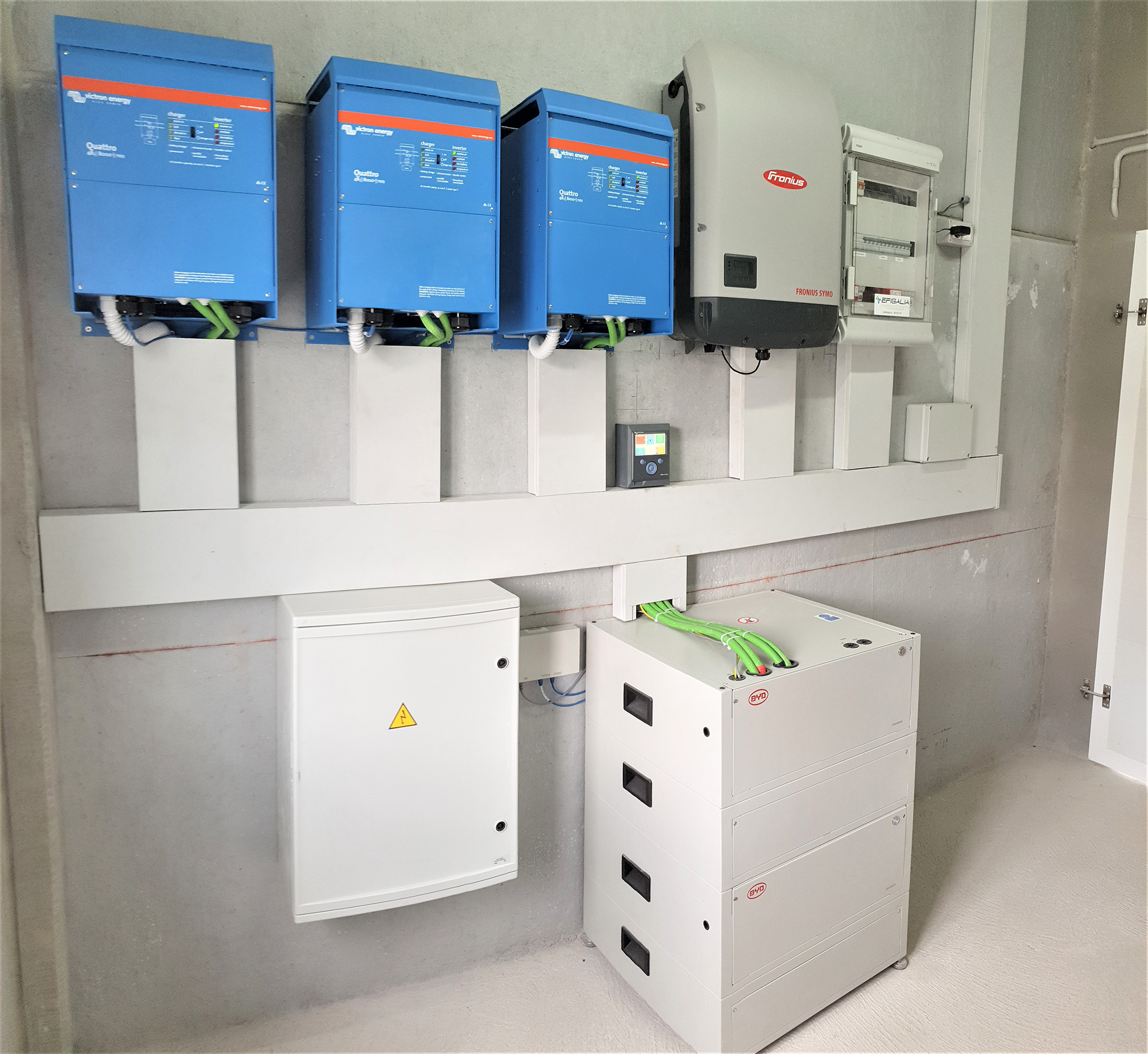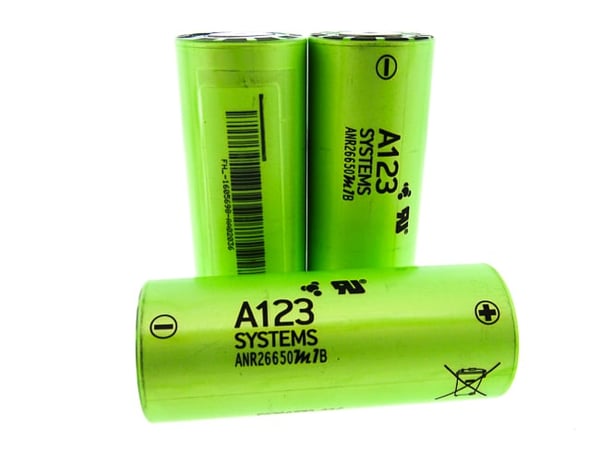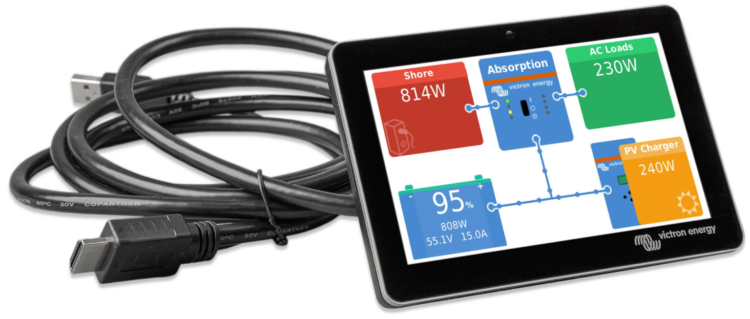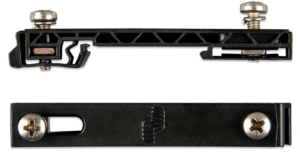How much of the energy consumed in a typical building is accounted for by the lighting? If you don’t already know, you’ll probably be amazed that the answer is around 40%! As lighting is such a big contributor to the energy bill, it’s clearly an area that’s well worth looking at when it comes to making savings. But when considering economies, there are some important requirements and regulations to bear in mind, says Julian Grant of Chauvin Arnoux.
We all need light to work and, as an online search will quickly confirm, any number of studies have shown that good lighting increases worker productivity and wellbeing. So perhaps the 40% of your business’s energy bill that pays for lighting is money well spent? Maybe, but when such a large amount of expenditure is involved, it’s important to be sure. And, in reality, a little investigation will often reveal ways in which energy costs for lighting can be significantly reduced while maintaining or even improving the lighting environment.
Since lighting is so important for efficiency and safety, it might be expected that there would be statutory requirements for workplace lighting levels. In the UK at least, this is not the case, although it is important to bear in mind that the Workplace (Health, Safety and Welfare) Regulations require lighting to be “suitable and sufficient.” Rather more detailed and helpful guidance is, however, provided in the publication “Lighting at Work” (HSG38), which is available as free download from the Health and Safety Executive website (www.hse.gov.uk). This publication includes, for example, a table showing recommended minimum lighting levels for various work locations.
Further guidance on lighting is available from the Chartered Institution of Building Services Engineers (CIBSE) which publishes a code for lighting that is supplemented by a range of guides covering specific types of buildings such as offices, hospitals and sports facilities. These publications can be purchased from CIBSE.
After the appropriate light levels for a particular workplace have been determined, the next requirement is to check whether they are actually being achieved. This requires the use of a light meter (sometimes called a luxmeter). Simple types allow spot readings to be taken at any given location, but they are not ideal for checking the workplace environment for two reasons. The first is that lighting needs to be evaluated over an area, to ensure that light levels are adequate throughout the whole workplace and that there are no shadowed or dimly lit areas. The second reason is that lighting levels can vary throughout the working day or even from season to season, especially when natural light makes a major contribution. Lighting levels in particular areas may also fluctuate as people move around and cast shadows.
For these reasons, a logging light meter, such as the Chauvin Arnoux C.A 1110, is a much better option. This particular instrument has a mapping function, which allows the light levels throughout a room to be plotted automatically to confirm that the lighting is uniform and adequate. It can also collect and store results over time and can, therefore, be temporarily mounted in a particular location – it is magnetic, which makes mounting easy on any steel surface such as filing cabinet – when it will collect readings over hours, days or even weeks. These readings can then be downloaded to provide accurate and detailed information about changes in the lighting level throughout the monitoring period.
Obtaining accurate information about lighting levels is, of course, only the first step for those concerned with energy economy. The next step is to determine exactly how much energy the lighting system is using, and to identify areas where savings could be made. The key to achieving this is to use a portable energy logger (PEL). These versatile instruments can be easily installed at the distribution switchboard that supplies the lighting systems and will monitor energy usage over time. Some types can monitor multiple circuits simultaneously.
The results obtained from a PEL are often surprising and may even be horrifying! A frequent finding is that there is excessive out-of-hours energy usage – or, to put it another way, people forget to turn off the lights when they leave the building. Interestingly, a recent survey carried out by British Gas has shown that up to 46% of the energy used by SMEs was consumed outside normal business hours, so this is clearly an area worthy of careful consideration.
Fortunately, the solution is relatively simple: install a last-person-out switch so that the last person leaving the building can operate this single switch to turn off all of the lighting that’s not needed when the building is empty. Occupancy sensors can also be fitted to turn off the lights in individual rooms that are not being used. It shouldn’t be forgotten, however, that energy can be wasted on lighting even when the workplace is occupied and in use. It’s all too easy, especially in the winter months, to turn the lights on when natural light levels are low in the morning but neglect to turn them off later when natural light levels increase. The solution here is to install daylight sensors as part of the lighting controls.
In addition to effective control, another key factor in the energy efficiency of lighting is, of course, the type of light source. These days, in almost every case, the best choice will be LEDs. Not only are LED light sources much more energy efficient than other types,
they also have much longer lives and therefore greatly reduce maintenance costs, especially in large installations. When installing or converting to LED lighting, however, there are a few caveats.
In particular, the cheapest options may be far from the best choice. Cheap LEDs may have poor colour temperature, or colour temperature that is inconsistent as they age. They may be unreliable, and they will typically have shorter working lives than their apparently more expensive counterparts. It’s worth remembering that if an LED light source is half the price of a competitor but needs to be replaced once a year rather than once every five years, over the five year term it’s actually 2.5 times more expensive. And that doesn’t even take into account the cost of installing the replacements.
Also important to bear in mind is that not all types of LED light source are compatible with every type of control system, especially if dimming is required. For these reasons, it’s best to work with an expert LED lighting supplier who will provide dependable guidance and advice, particularly for large re-lamping projects.
When all the right control systems and all the best energy-efficient light sources are in place, there are two more essential tasks to be tackled. The first is to carry out another lighting survey with the light meter, to ensure that the planned lighting levels are being achieved. The second is to monitor the energy usage again with the PEL to ensure that the expected energy savings are being delivered.
These procedures will confirm the immediate effectiveness of the changes and upgrades that have been put in place, but they should not be considered as one-off events! Lighting surveys and energy monitoring should, in fact, be repeated periodically as part of routine maintenance procedures. This is because even the best of light sources lose output and shift in colour over time, and it’s by no means unknown for minor faults to develop on lighting systems – for example, are the daylight sensors still working? – which increase energy usage but could pass unnoticed without an energy survey.
As we’ve seen, there is the potential for many businesses to significantly reduce the amount of energy they use for lighting, with corresponding reductions in expenditure and environmental impact. The keys to unlocking these savings while providing lighting that will boost staff productivity and welfare are to install the right light sources, then regularly monitor their performance with a good logging light meter and a portable energy logger. These instruments are an excellent investment. They are modestly priced and they will pay for themselves in next to no time!






















